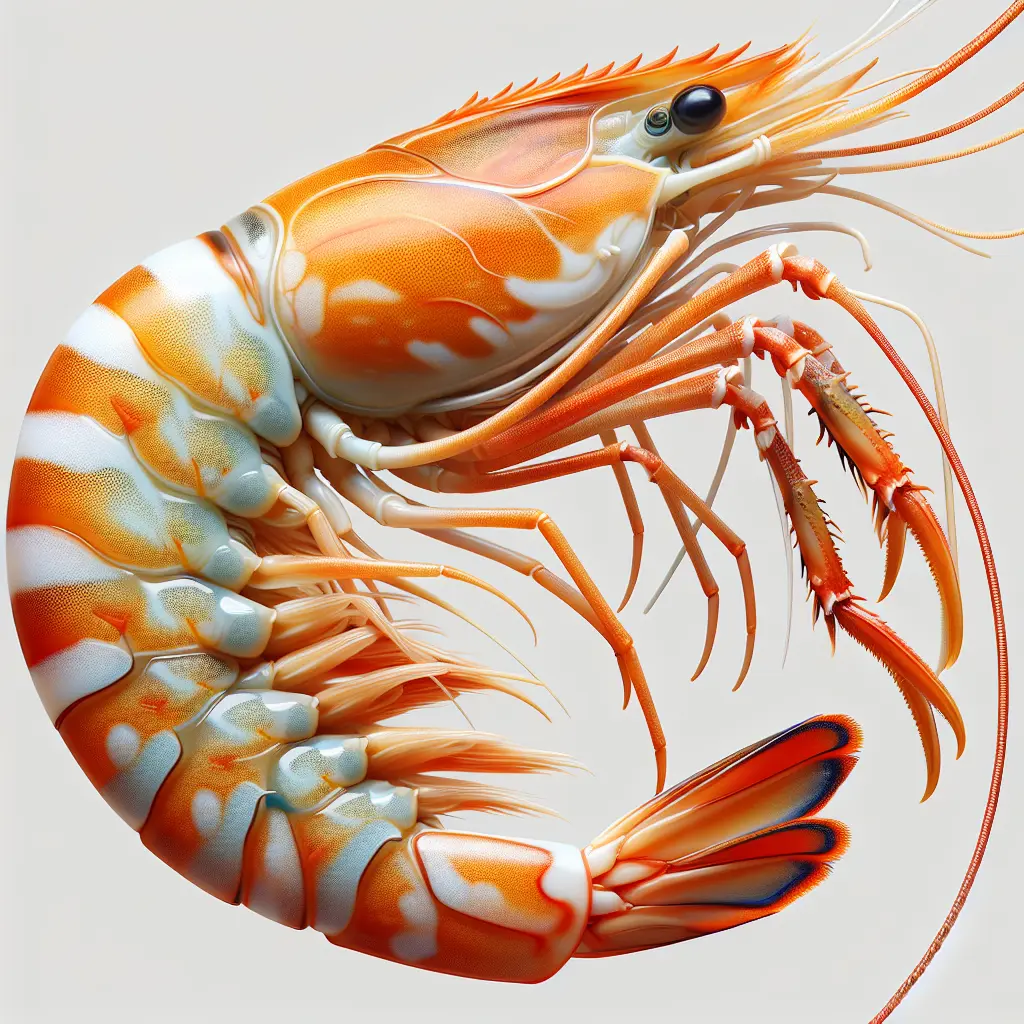Prawns: A Culinary Delight and a Nutritional Powerhouse
Prawns, often referred to as shrimp, are crustaceans that inhabit both freshwater and saltwater environments. These delectable seafood treats have garnered immense popularity worldwide due to their versatility in culinary preparations and their impressive nutritional profile.
Nutritional Composition of Prawns
Prawns are remarkably low in calories, containing only 6 calories per serving (1 shrimp). Despite their low caloric content, prawns are a rich source of essential nutrients, including:
- Protein: Prawns are an excellent source of lean protein, with a single serving providing approximately 1.1 grams. Protein is crucial for building and repairing body tissues, supporting muscle growth, and promoting satiety.
- Fat: Prawns are exceptionally low in fat, with only 0.1 grams per serving. The majority of the fat content in prawns is composed of omega-3 fatty acids, which are known for their heart-healthy benefits.
- Carbohydrates: Prawns contain a negligible amount of carbohydrates, with only 0.1 grams per serving. This makes them an ideal food choice for individuals on low-carb diets.
- Fiber: Prawns do not contain any dietary fiber.
- Sugar: Prawns are naturally devoid of sugar.
Health Benefits of Prawns
In addition to their nutritional value, prawns offer a range of health benefits, including:
- Heart Health: The omega-3 fatty acids present in prawns have been shown to reduce the risk of heart disease by lowering blood pressure, improving cholesterol levels, and reducing inflammation.
- Bone Health: Prawns are a good source of calcium and phosphorus, which are essential for maintaining strong and healthy bones.
- Brain Health: Prawns contain choline, a nutrient that plays a vital role in brain development and function.
- Antioxidant Properties: Prawns are a good source of antioxidants, which protect the body's cells from damage caused by free radicals.
Culinary Versatility of Prawns
Prawns are a versatile ingredient that can be incorporated into a wide array of culinary creations. Their delicate flavor and firm texture make them a popular choice for various cooking methods, including:
- Grilling: Prawns can be grilled on skewers, imparting a smoky flavor and a slightly charred exterior.
- Sautéing: Sautéing prawns in a flavorful sauce creates a quick and easy dish that pairs well with rice or pasta.
- Stir-Frying: Prawns can be stir-fried in a variety of sauces, vegetables, and seasonings, resulting in a vibrant and flavorful dish.
- Deep-Frying: Deep-frying prawns creates a crispy exterior and a succulent interior, making them a popular appetizer or snack.
- Baking: Prawns can be baked in the oven, wrapped in bacon or seasoned with herbs and spices, for a tender and juicy dish.
Conclusion
Prawns are a nutritious and versatile seafood delicacy that offers a range of health benefits. Their low-calorie content, high protein content, and essential nutrient profile make them a valuable addition to a balanced diet. Whether enjoyed grilled, sautéed, stir-fried, deep-fried, or baked, prawns add a touch of culinary delight to any meal.
How many calories are in Prawns?
Each 1 shrimp of Prawns contains 6 calories.
Prawns Nutritional Information
| Nutrient | Amount per 1 shrimp (5g) |
|---|---|
| Calories | 6 Calories |
| Protein | 1.1g |
| Fat | 0.1g |
| Saturated Fat | 0g |
| Cholesterol | 0.011mg |
| Carbohydrates | 0.1g |
| Dietary Fiber | 0g |
| Sugar | 0g |
| Sodium | 0.047mg |
| Potassium | 0.0085mg |
| Calcium | 0.0046mg |
| Iron | 0mg |
